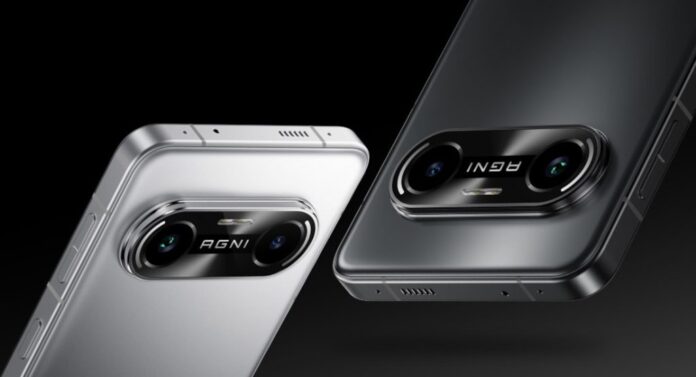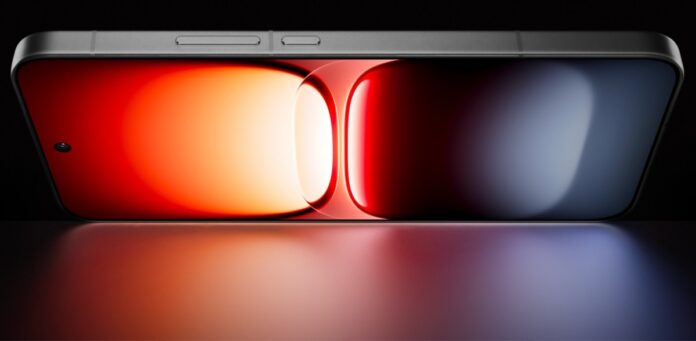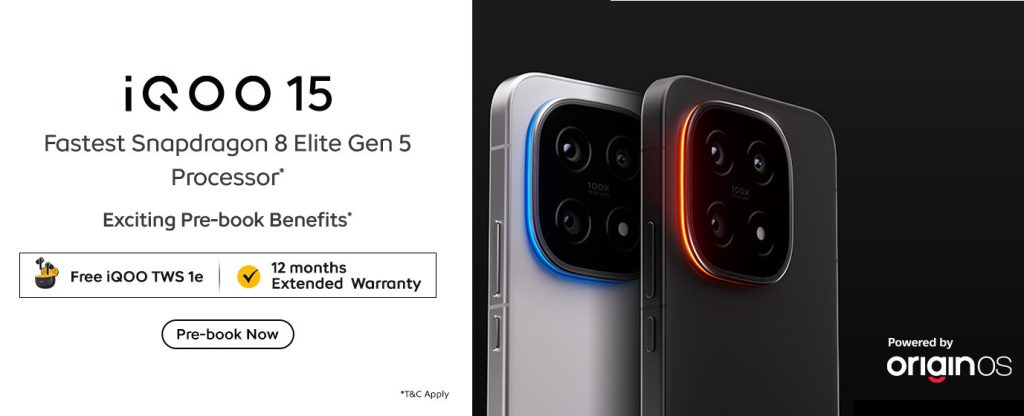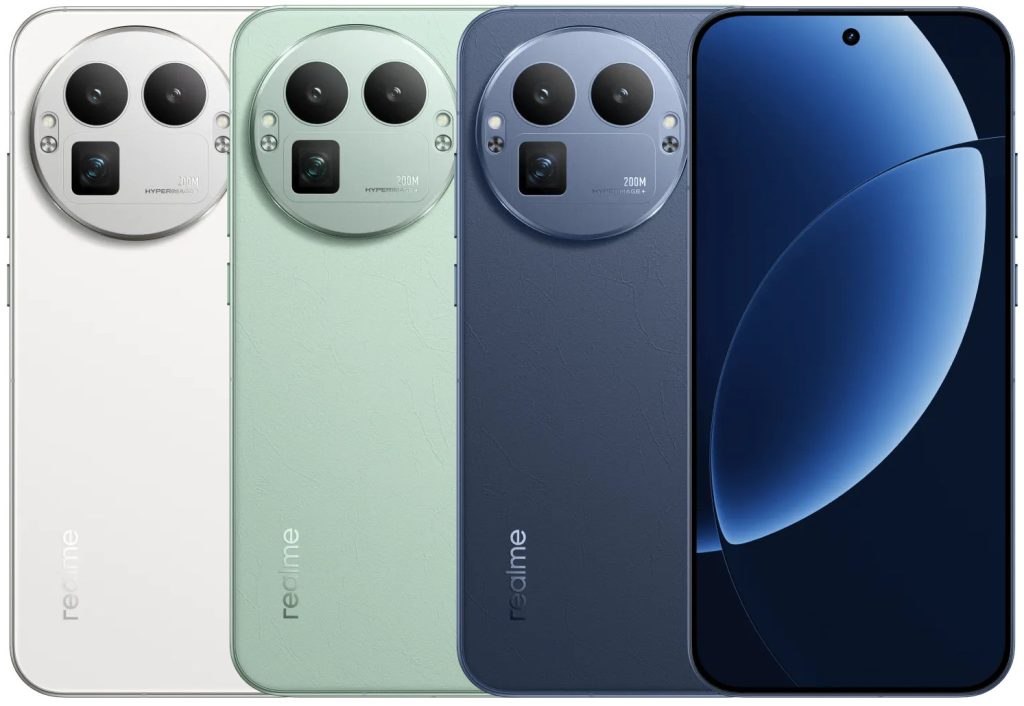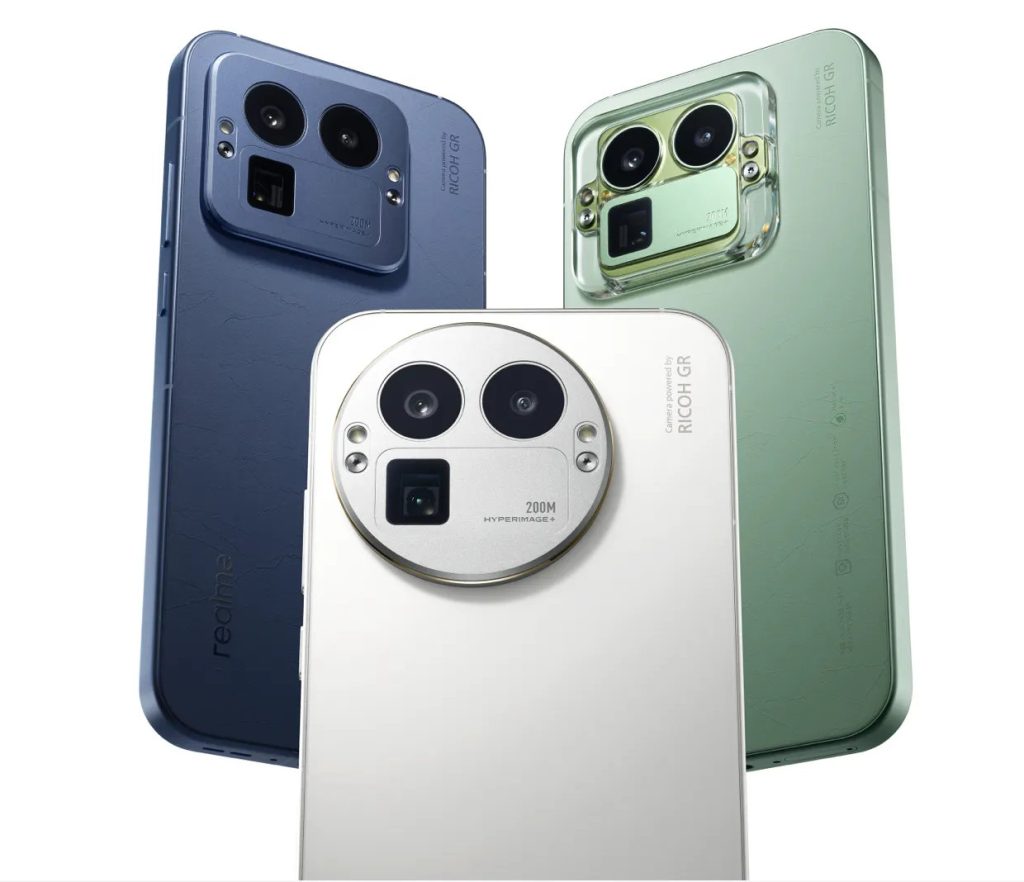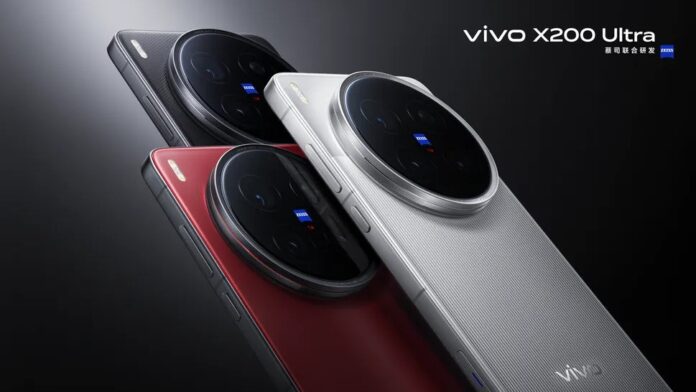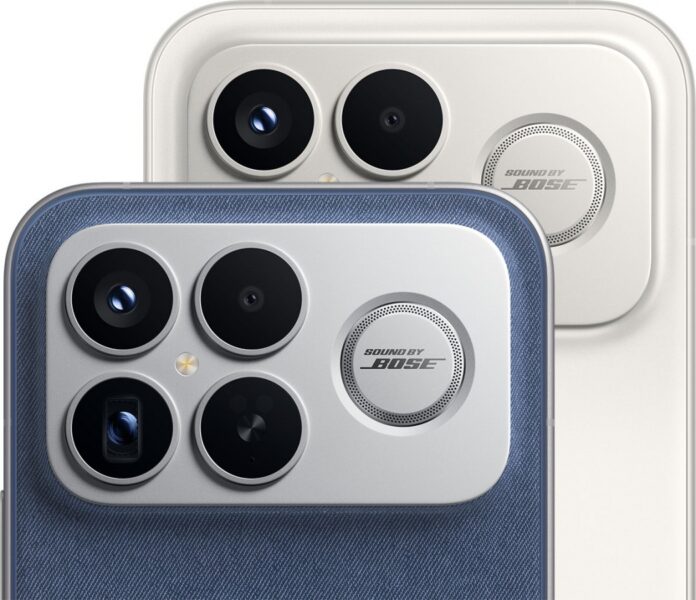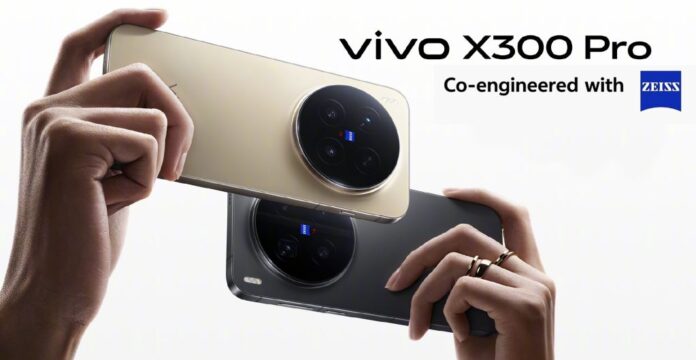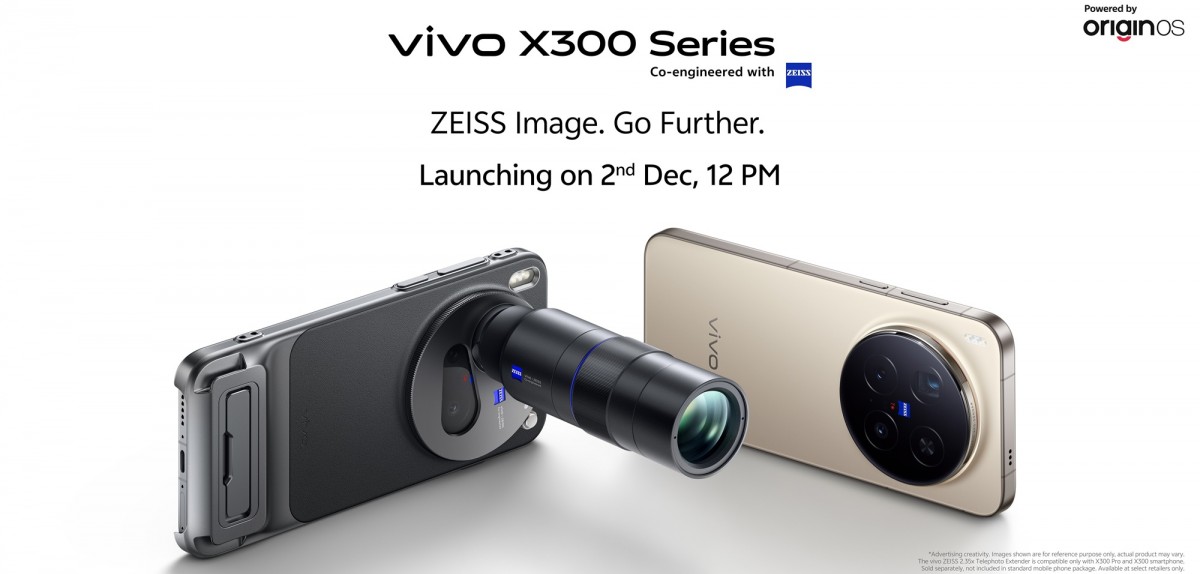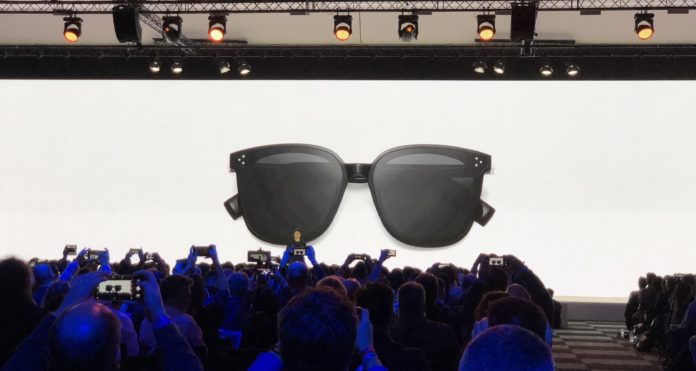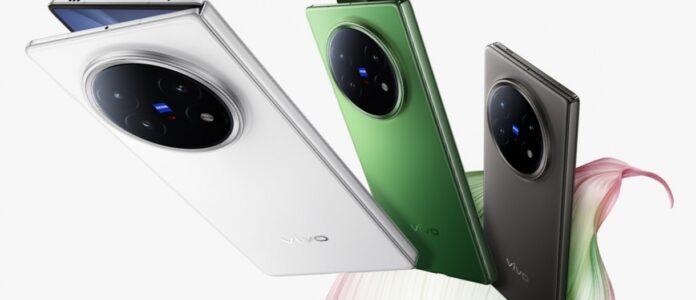Lava released the Agni 4 in the Indian market today as planned. The phone, which retails for Rs 24,999, has a sleek new camera design, a Dimensity 8350 CPU, and the company’s exclusive Vayu AI assistant.
Lava AGNI 4 5G:
The Lava AGNI 4 5G features a large 6.67-inch 1.5K AMOLED curved display. It supports 120Hz refresh rate. The device supports an in-display fingerprint scanner. According to Lava, the new Vayu AI is a system-level assistant with emotional intelligence. In addition, it includes Circle to Search and several other AI tools.
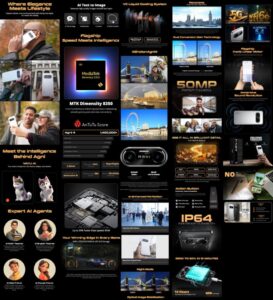
The AGNI 4 5G features a 50MP front-facing camera, ideal for selfies. With a 50MP 1/1.55″ main sensor with OIS, along with an 8MP ultrawide shooter with a 115-degree field of view. The operating system that comes with it is Android 15, and the manufacturer guarantees four years of security updates and three generations of OS upgrades.
The AGNI 4 5G is powered by the Dimensity 8350 SoC chipset, which is the most recent generation. It comes with 8 GB of RAM and 256GB of storage for consumers. The device is powered by a 5000mAh battery that supports rapid charging up to 66W. It also comes with standard connectivity capabilities, such as dual SIM support for 5G networks, Wi-Fi 6E, Bluetooth 5.4, and A-GPS, NFC as well as the latest generation USB-C port.
Pricing:
On November 25th, the Lava Agni 4 5G will go on sale on Amazon. It is available in Lunar Mist and Phantom Black. The Lava Agni 4 costs Rs.24,999/- in India.
On the first day, all debit and credit card transactions are discounted by a special ₹2,000, and you also receive a complimentary replacement benefit.


